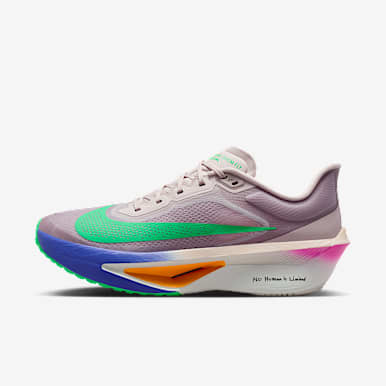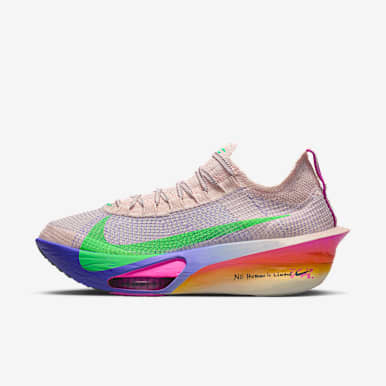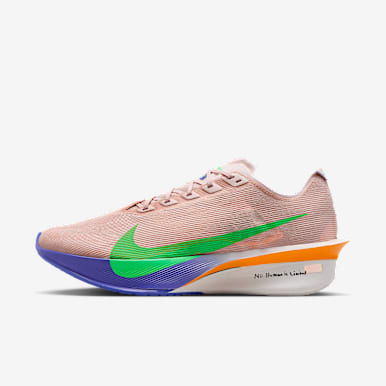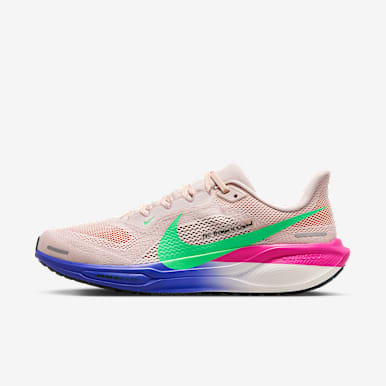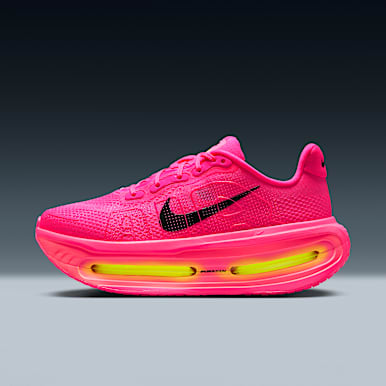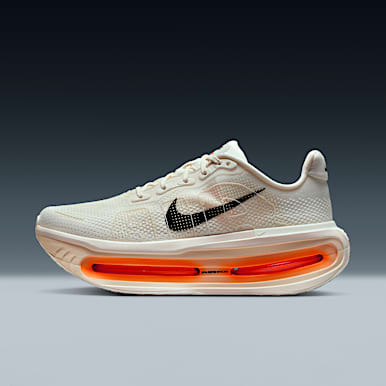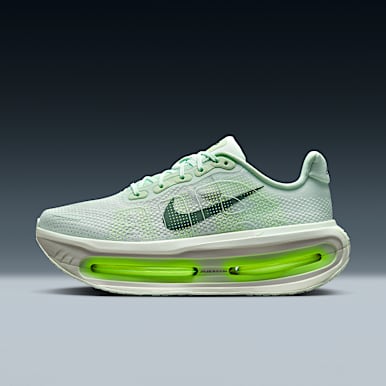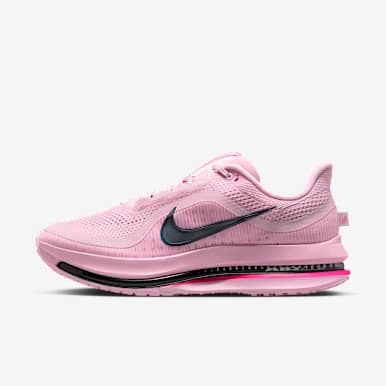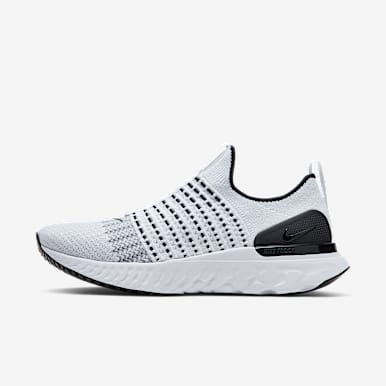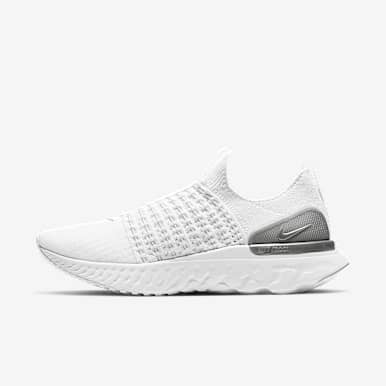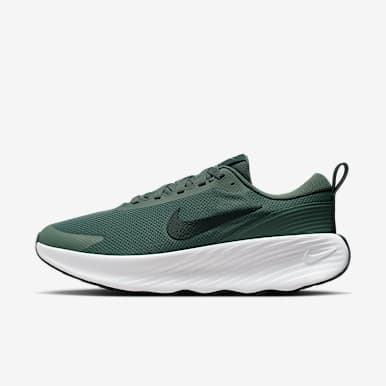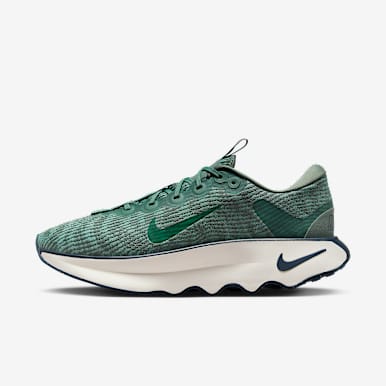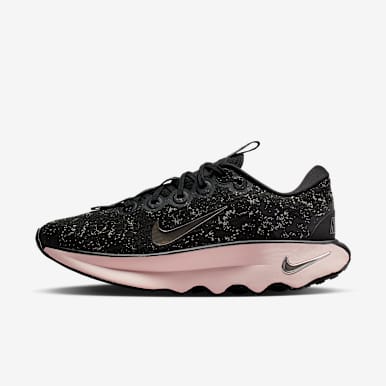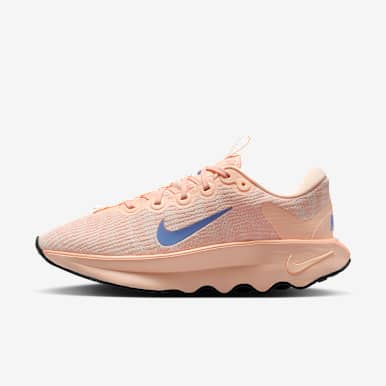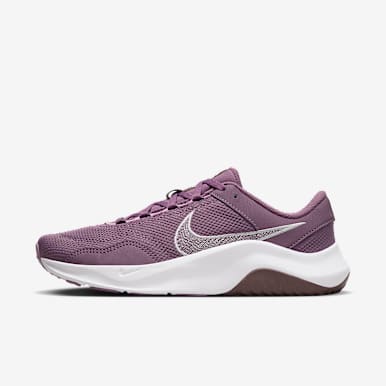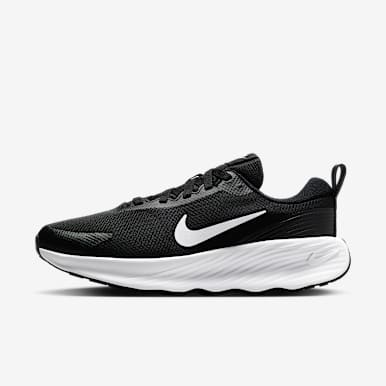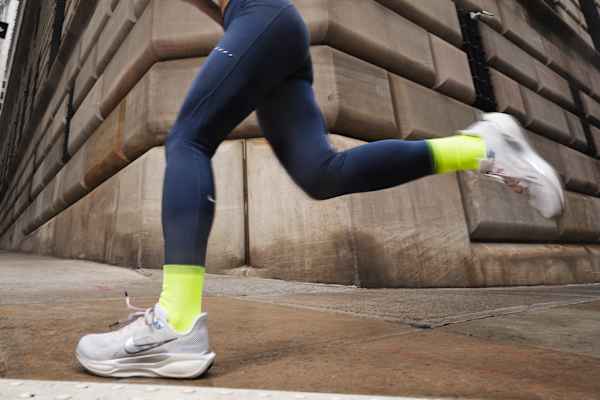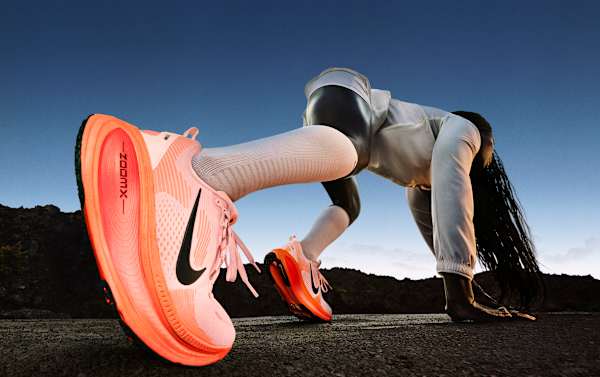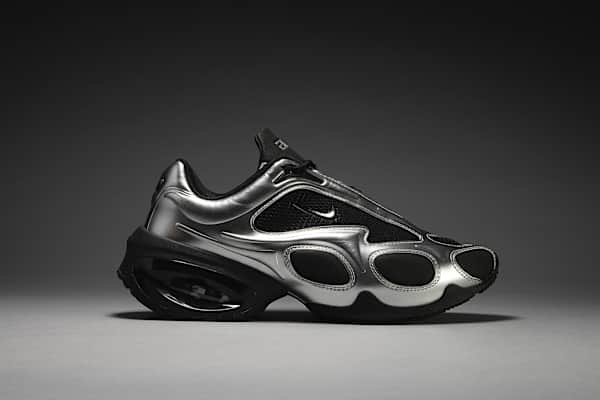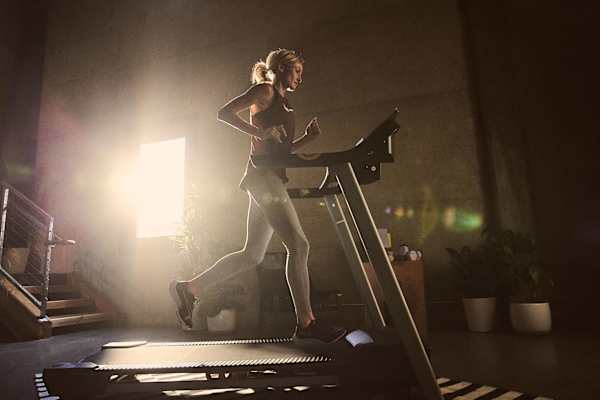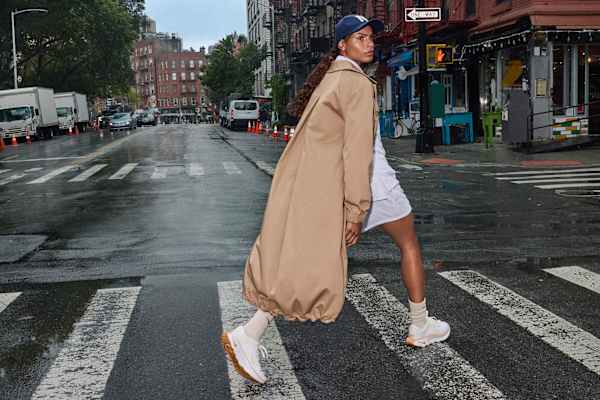Which Nikes Have the Best Cushioning?
Buying guide
Find out how much cushioning you need to keep your feet comfortable when you're on the move—and which shoes help provide that comfort best.
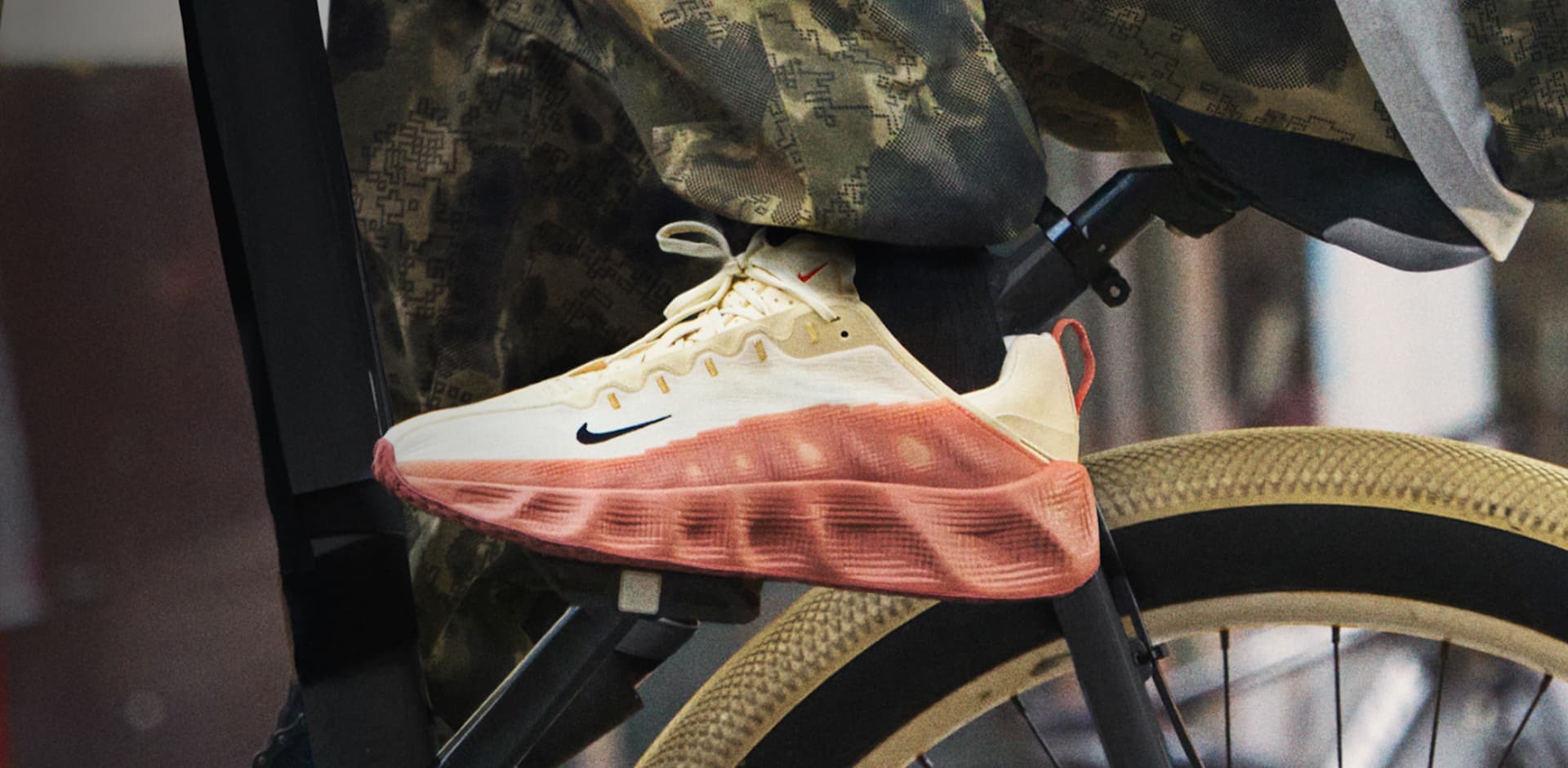
Selecting the right shoe, regardless of activity, is all about personal preference. And it sometimes involves some trial and error. You may know how the parts of the shoe work—from the outsole to the insole to the midsole—and which features are best for certain activities, but selecting the best shoes for you typically comes down to comfort.
Whether you're running or walking, putting on shoes for a short period of time or wearing them all day long, it's the cushioning in your shoes that's going to make a difference to how you feel.
Now, here's a full review of some of the best options for cushioned walking shoes and running shoes.
The Importance of a Cushioned Shoe
Cushioning can vary significantly between shoes. Some shoes are equipped with extra cushioning, making for a plush experience. Other walking shoes or running shoes take a minimalist approach, allowing your feet to get as close to the ground as possible. Either way, a bit of cushioning is necessary to help keep your feet secure and support the movement of your joints and muscles.
Since there isn't a one-size-fits-all approach when it comes to selecting the right shoe, you'll want to try on several pairs to see which one provides the most comfort. If you're running or walking with any kind of leg injury, for example, you may want additional cushioning in your shoes to help alleviate any pain. Of course, it's best to talk to a physiotherapist or doctor about what type of shoe is best for you if you are dealing with an injury of any kind.
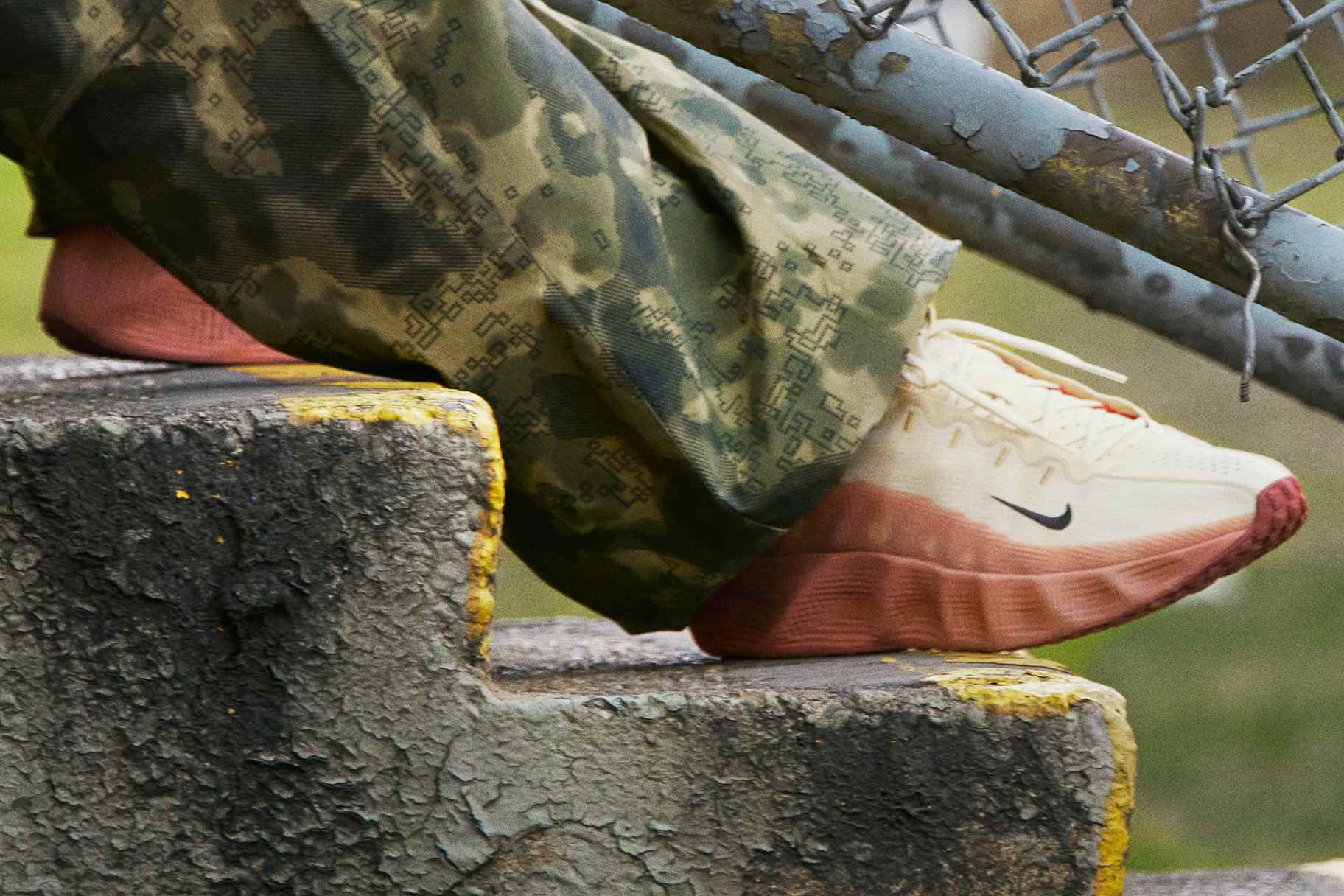
Where Cushioning Works Best
There's no doubt that our feet work hard to support us throughout the day, but everyone's physiology and foot shape is different. When you shop around for new shoes, you can find options with extra padding in the midsole, heel or even insole.
For people with flatter feet, cushioning that provides arch support is often preferable, whether in a walking shoe or running shoe. If you get cramps in your feet, or feel pain in a specific location after wearing any pair of shoes, you may want to consider trying out a new pair of shoes that provide extra cushioning in that area to see if your feet feel more comfortable and supported.
If you're looking for an everyday, wear-all-day shoe, cushioning is often concentrated in the midsole, which tends to bear the brunt of your activity and movement throughout the day. For that reason, you'll typically get a softer and more supportive feel in your shoe if there's a little extra cushioning in the midsole.
The Secret Ingredient
When you think about what material is working its magic to keep your feet supported, you most likely have some kind of foam to thank. The more (or better quality) foam in the design of your shoe, the softer and more cushioned the shoe will be. To figure out how much foam is right for you, ask yourself these questions:
- Which shoes have worked best for me in the past?
- What injuries do I need to take into consideration?
- What do I intend to do with these shoes?

Cushioned Running Shoes
Running shoes have a tough task ahead of them. You're going to put them through a lot, whether you run every day on the hard concrete or on a softer surface, such as a treadmill, three times a week. Buying the right running shoe means looking for features like:
- Breathability
- Ventilation
- Durability
- cushioning
- Weight
You don't want a cushioned running shoe that feels too heavy. You also don't want one that's so lightweight that it doesn't give you enough support. The balance lies in a shoe that's comfortable with enough midsole cushioning to endure those miles.
Some runners have more than one running shoe, and each one may have a different cushion level to match a particular type of workout. For example, some running shoes are better suited for long distances, and some are built specifically for trail runs. If you don't always run on the same surface or you vary your distance, you may want to do the same.
Make sure you also take into account your running form. You'll want to match your shoes to how your body handles impact and what your stride looks like. If your foot leans outwards when you run, you'll want extra cushioning, good arch support and a wide toe box. On the other hand, if your foot leans inwards when it strikes the ground, you may want cushioning support that's firmer in the midsole, plus a reinforced heel counter to provide enhanced stability and padding at the back of the shoe.
Cushioned Walking Shoes
Since many cushioned walking shoes are also worn all day, they need to have a little something extra when it comes to style. That means a fashionable shoe with plenty of midfoot comfort and cushioning. You also want a walking shoe that's breathable and functions well however many hours per day you find yourself on your feet. Finally, consider your setting. The Nike Ava Rover, for example, is perfect for navigating urban environments.
Why buy narrow-width shoes?
A July 2018 study in the Journal of Foot and Ankle Research suggests that only about a third of people wear shoes that fit correctly. And when shoes don't fit properly, you put yourself at risk of foot problems, including friction, pain, calluses, corns and blisters.
Simple activities like walking, running or climbing stairs can become risky. Without proper stability and support, it becomes easier to twist an ankle or trip—especially during vigorous activity or when participating in sports that involve quick directional changes.
While it might require more work to find the right narrow-width shoe for your feet, the payoff is substantial. Take the time to get your foot measured, then try on several pairs before deciding on the best one. And if the fit isn't right, return them (yep, even after you try them out).
You Know Best When it Comes to Cushioning
The bottom line is this: The right amount of cushion in your top-rated running shoes, walking shoes or everyday hang-out shoes is what feels good to you. You'll want different types of cushioning and shock absorption depending on the type and intensity of your workout. If you build up a ton of steps each day simply walking around, that affects the height of the cushion, too.
When you take your own movement and personal preferences into account, you will find the right shoe for you.
